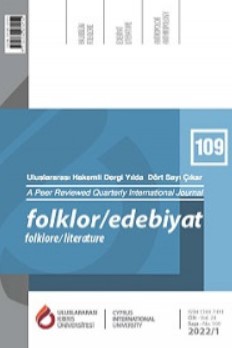Argentinean Indigenous Culture in Animal Folktale
Argentinean Indigenous Culture in Animal Folktale
Author(s): María Inés PalleiroSubject(s): Cultural history, Customs / Folklore, Oral history, 19th Century
Published by: Uluslararası Kıbrıs Üniversitesi
Keywords: Argentina folk tales; local culture; interculturality; acculturation; fairy tale; culture;
Summary/Abstract: The history of Argentina as an independent nation began in 1816, although its foundation by the Hispanic conquerors took place in the XVIth century. This multicultural Latin American nation, located in the very south of the world, combines ancient vernacular indigenous roots with European cultural heritage, which arrived for the first time with the Hispanic conquest. The first foundation of Buenos Aires, the capital of Argentina, by the Spanish conqueror Pedro de Mendoza Argentina, took place in 1536. Nevertheless, indigenous people have been living in the Argentinean territory since ancient times. When the Spanish conquerors settled down in the country, they also bought African slaves, who obtained their freedom in 1813. Since the late XIXth, Century Argentina received new waves of European migration, mainly from Spain and Italy, but also from Asia, Africa, and from other South American countries. All this blend of cultures contributed to tracing a multiethnical profile of Argentina, mirrored in folk narrative texts and collections. Animal tales are highly relevant expressions of Argentinian folk narrative since they reflect such a blend of indigenous and European cultures.
Journal: Folklor/Edebiyat
- Issue Year: 28/2022
- Issue No: 109
- Page Range: 169-182
- Page Count: 14
- Language: English

